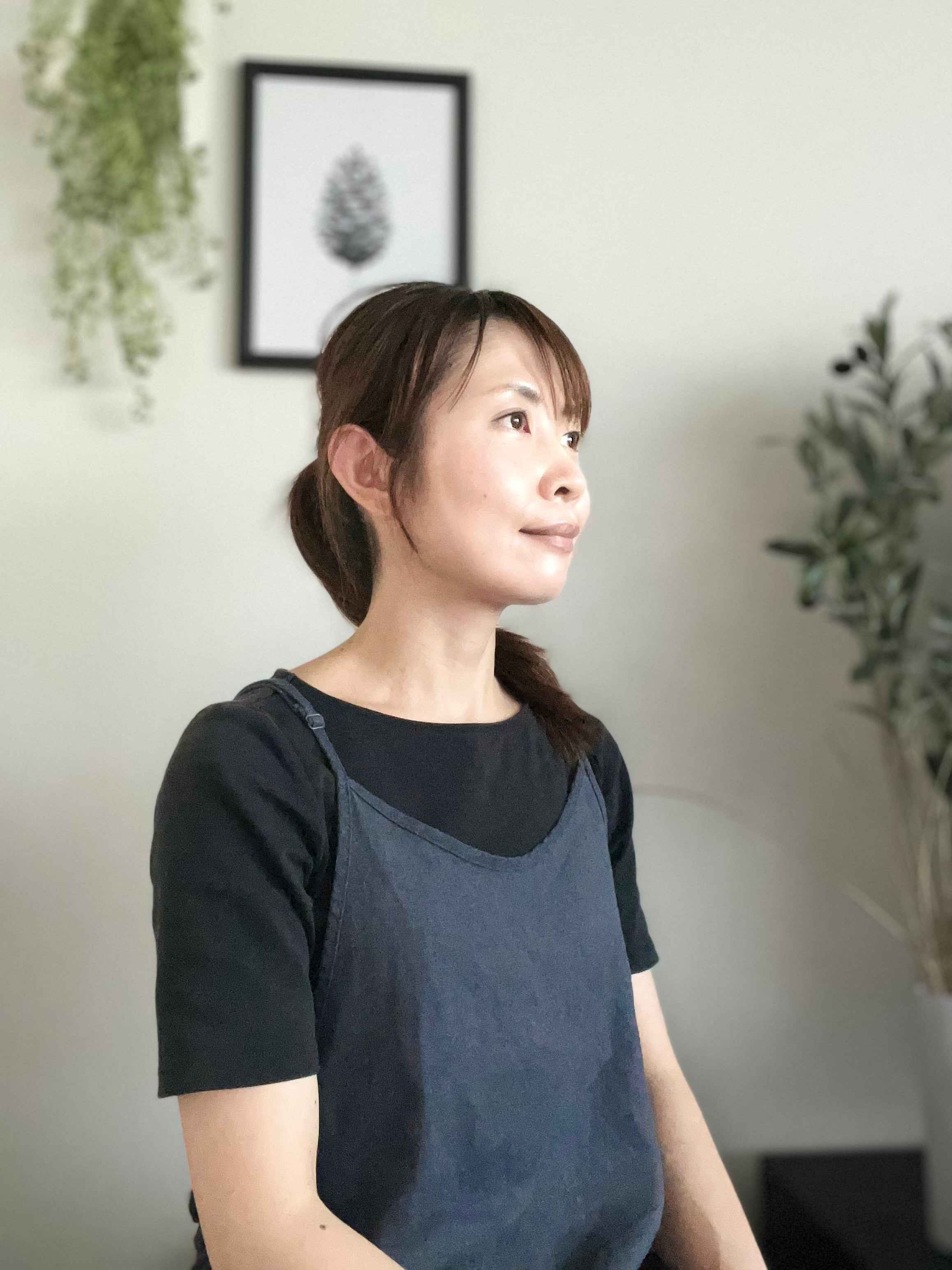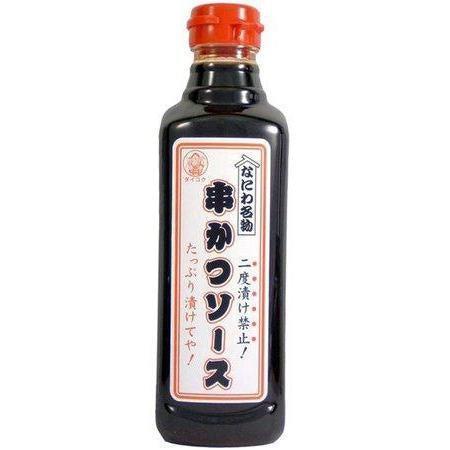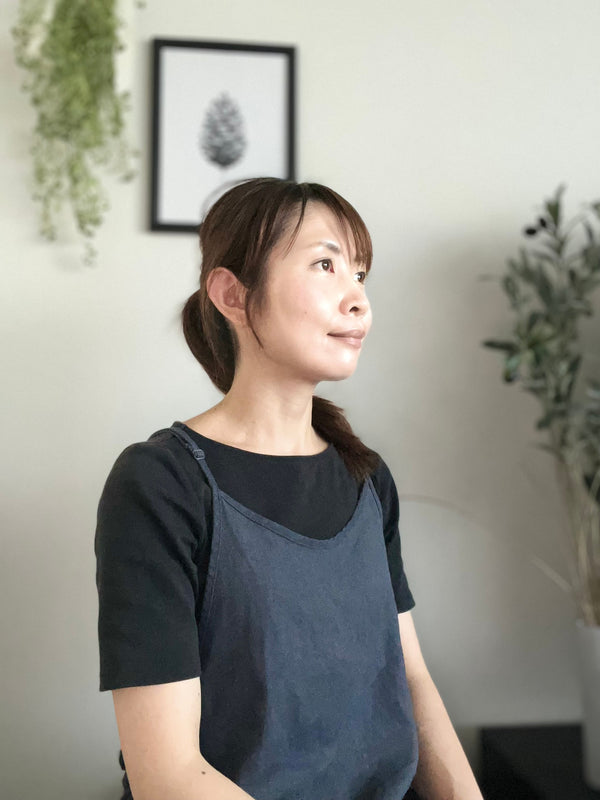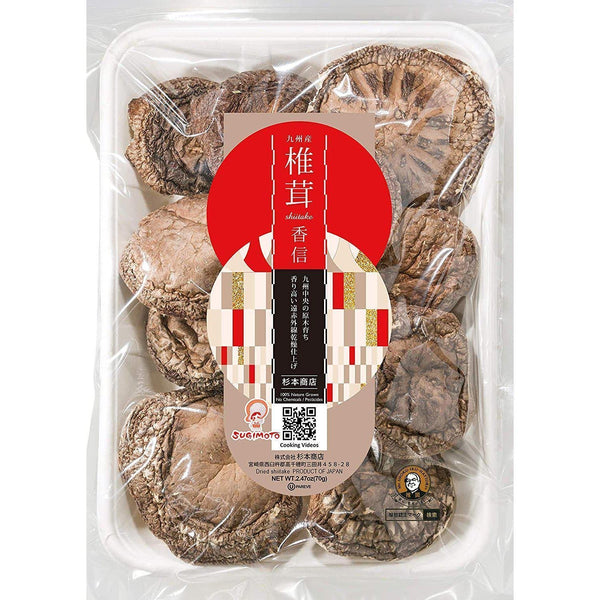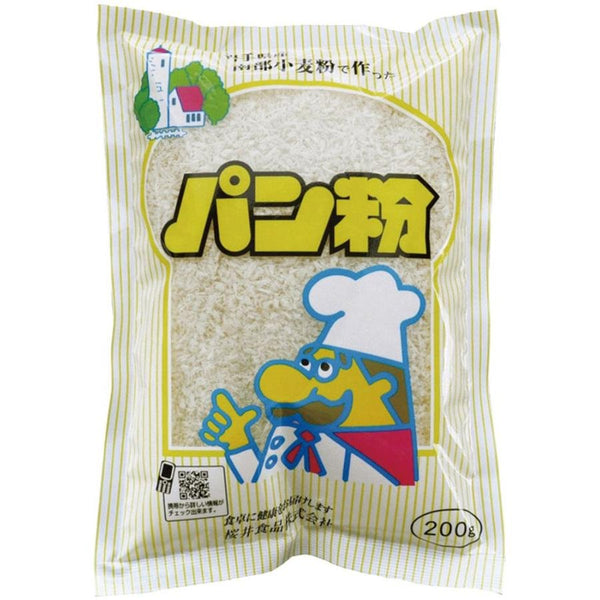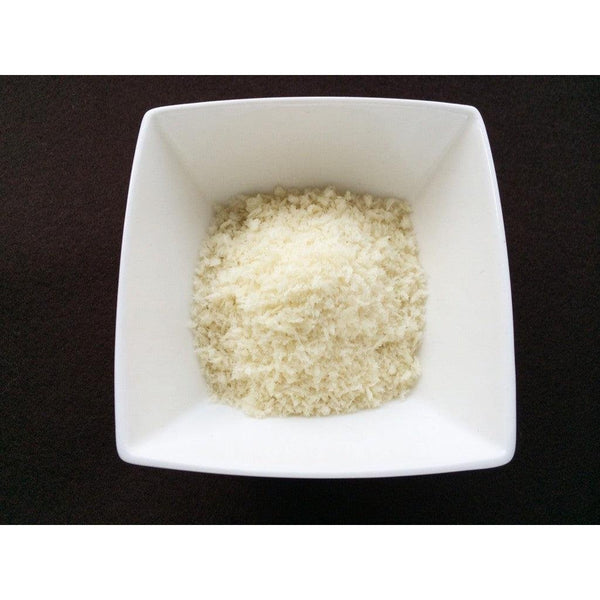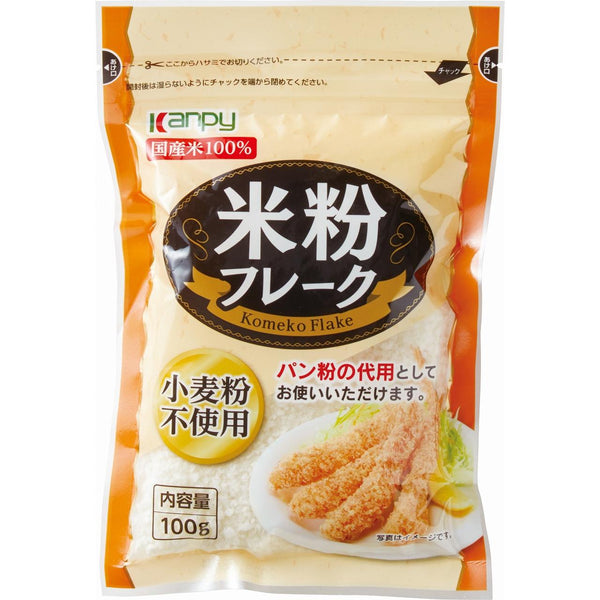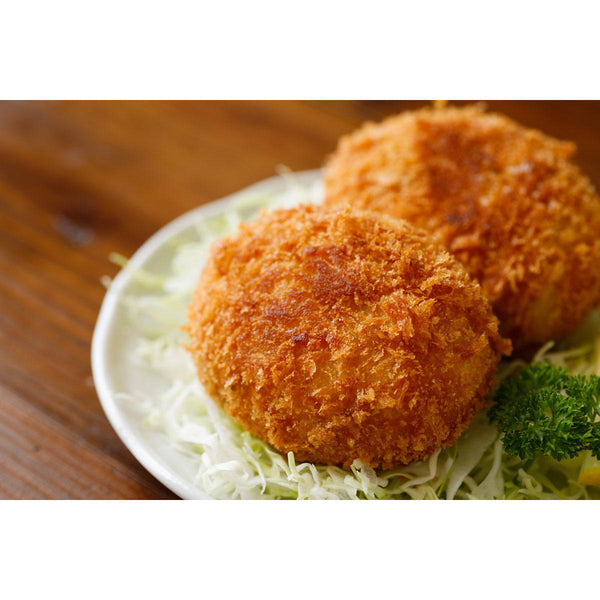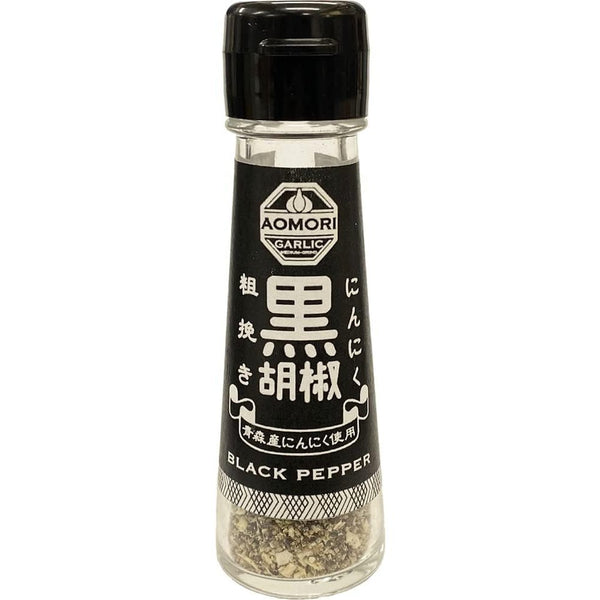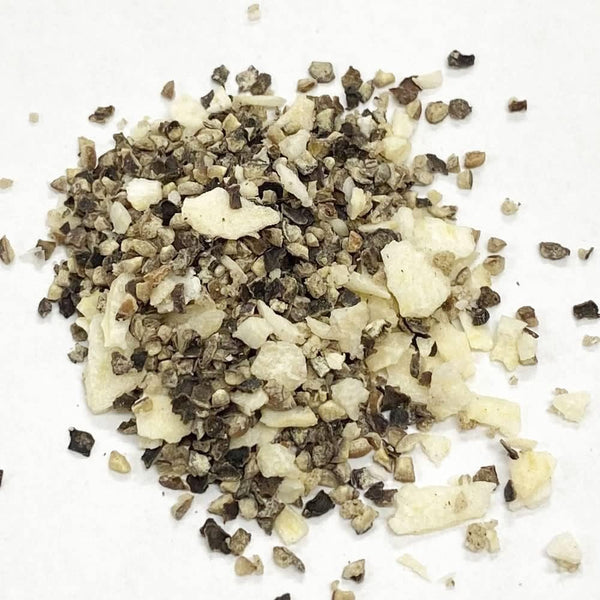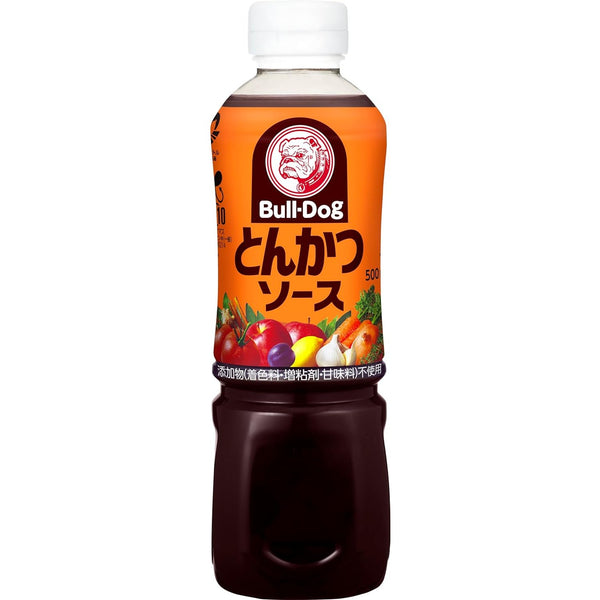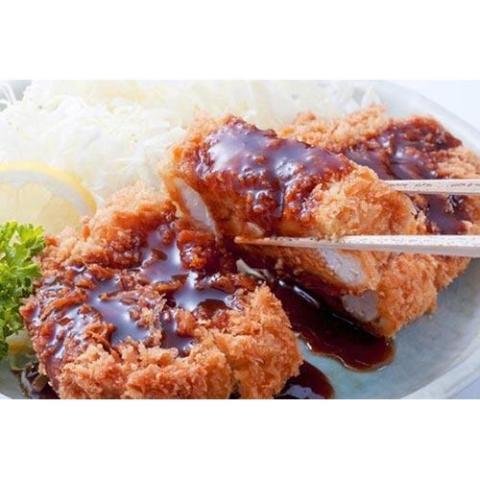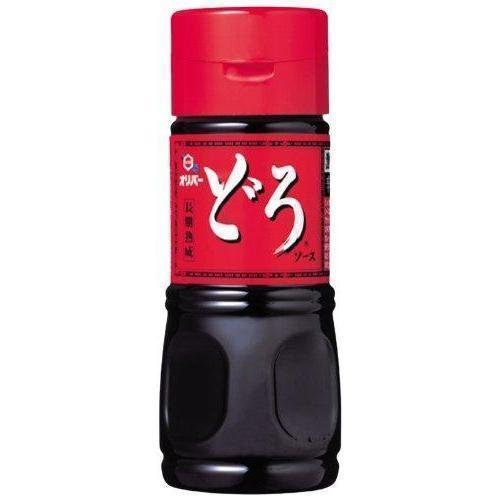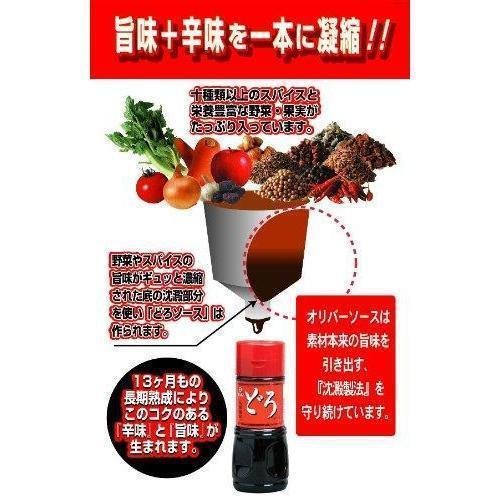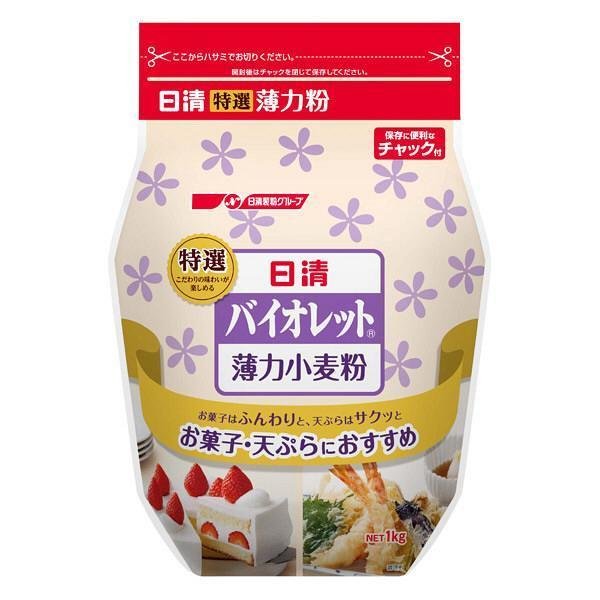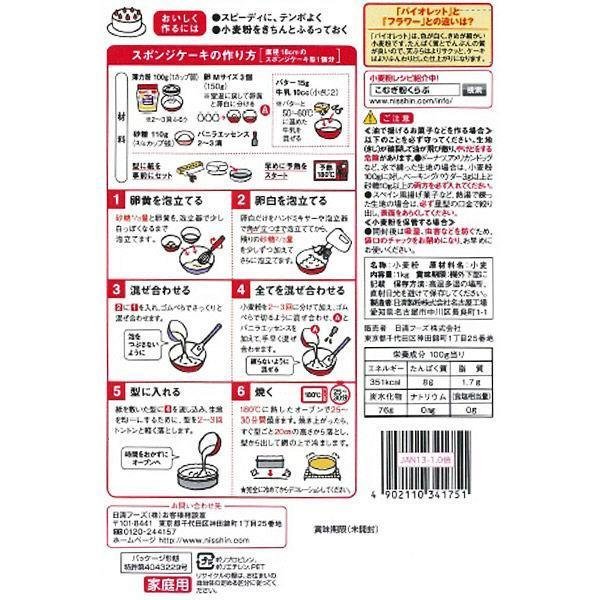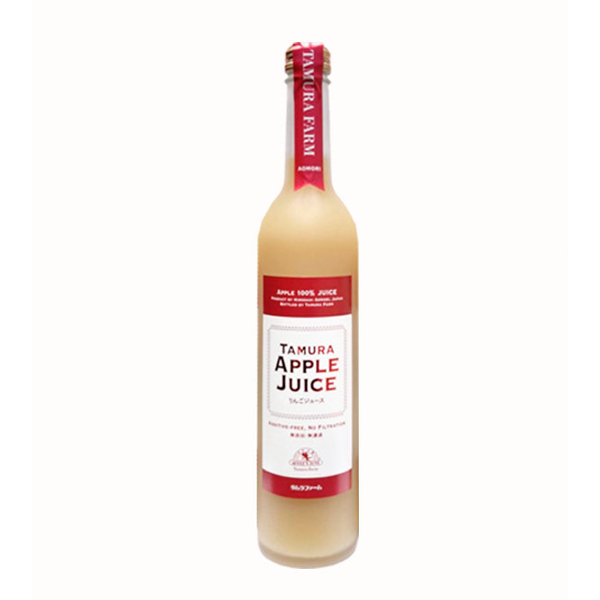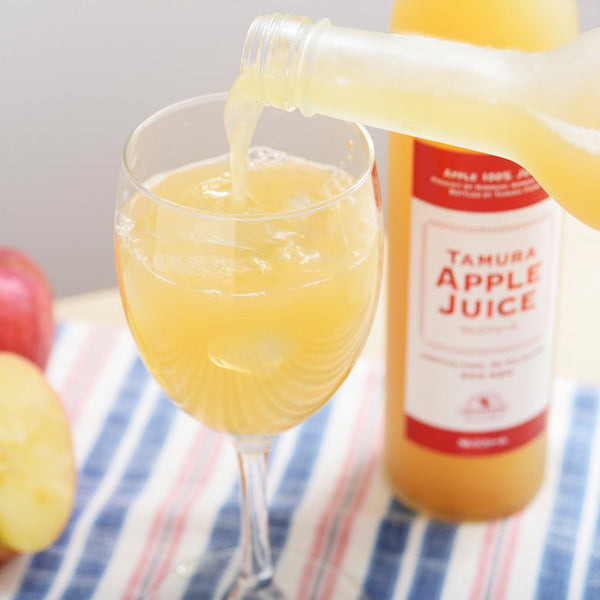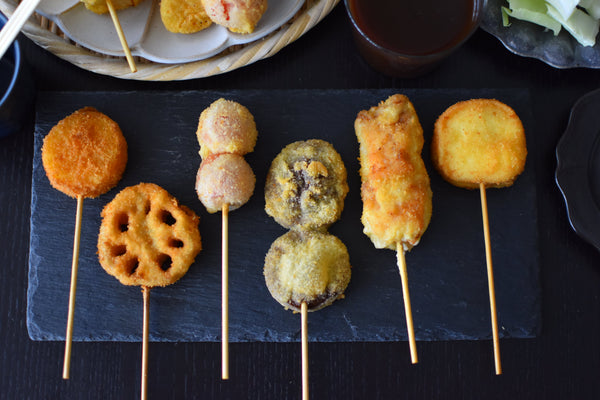
Kushikatsu originated in the Shinsekai district of Osaka, Japan, in the late 1920s, created to provide an affordable and filling meal for blue-collar workers. The dish quickly grew in popularity as a convenient street food, evolving from simple beef skewers to a wide variety of meat, seafood, and vegetable options.
Over the decades, kushikatsu has spread throughout Japan, becoming a beloved specialty of Osaka and a must-try for visitors exploring the city’s vibrant culinary scene.
What is Kushikatsu?
While the name includes “katsu,” familiar from other fried dishes, kushikatsu is a bit different. Kushi means “skewer” in Japanese, and katsu refers to the deep-fried coating. Essentially, kushikatsu consists of skewered ingredients ranging from vegetables and seafood to meat, coated in panko breadcrumbs and fried to a golden crisp.
The dish is typically served with a Worcestershire sauce-based dipping sauce, which is a key part of its flavor, and each kushikatsu specialty restaurant often has its own secret sauce recipe.
Despite being deep-fried, kushikatsu is surprisingly light. The finely chopped panko breadcrumbs absorb less oil than regular breadcrumbs, resulting in a crisp, airy texture that makes the skewers more enjoyable than other fried dishes.
Popular Kushikatsu Ingredients
Making kushikatsu at home is versatile and highly customizable, allowing cooks to experiment with different flavors and textures. One essential rule is that all ingredients must be skewered with bamboo sticks before frying. Commonly used ingredients include:
Vegetables: Onion, shiitake mushroom, Japanese leek, eggplant, okra, sweet potato, potato, pumpkin, green pepper, lotus root, asparagus, red pickled ginger
Seafood: Shrimp, scallop, octopus, fish cakes (hampen, kamaboko, chikuwa), oyster, squid, shishamo
Meat: Beef, pork, chicken, sausage, ham
Others: Quail egg, cheese, mochi
No Double Dipping Rule
Many kushikatsu shops in Osaka have a lively, welcoming atmosphere, where locals and tourists alike gather to enjoy bites with drinks like beer or sake. One of the most distinctive aspects of kushikatsu dining is the “no double-dipping!” rule.
Since sauce is shared in a communal container, diners must dip their skewers only once to maintain hygiene. Free cabbage is often provided alongside the skewers, both to cleanse the palate and aid digestion.
Best Kushikatsu Restaurants in Osaka
Shinsekai, the birthplace of kushikatsu, is home to numerous specialized restaurants where visitors can experience the authentic Osaka style.
One of the most famous is Kushikatsu Daruma, located near the base of Tsutenkaku Tower, known for its deliciously crispy meat and vegetable skewers and its lively, casual atmosphere.
Another long-standing favorite is Yaekatsu, established in 1949, which offers a nostalgic setting and a variety of seasonal ingredients that keep locals and tourists coming back.
Kushikatsu Gojoya, awarded a Bib Gourmand, offers high-quality kushikatsu at reasonable prices in a cozy setting, while New World Dad’s Kushiya, near Osaka Metro Hanazono Station, is popular for its wide assortment of skewers and other a la carte dishes.
Try Other Classic Japanese Dishes
Kushikatsu is just one of Osaka’s famous street foods. You can try other classic Japanese dishes at home, too! Make Osaka-style okonomiyaki, the savory Japanese pancake loaded with veggies and meat, or enjoy takoyaki, octopus balls with creative fillings. For grilled delights, try yakitori, tender chicken skewers perfect for sharing!
